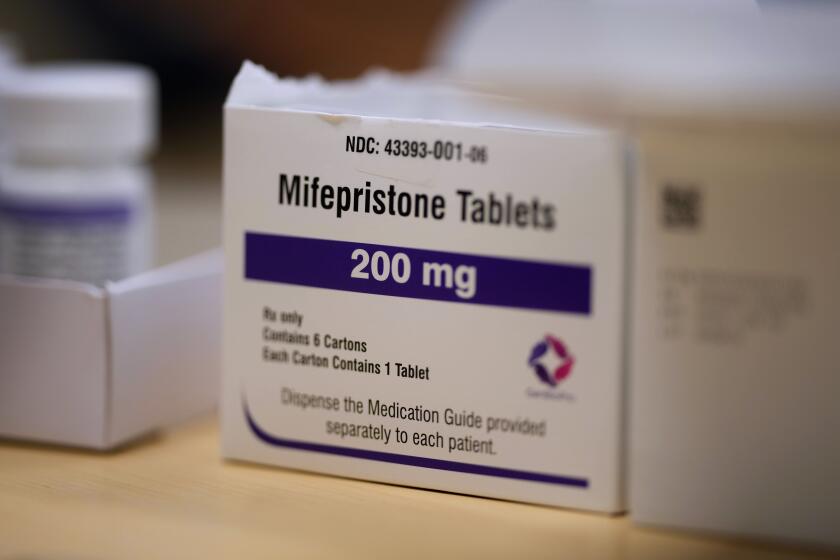Toxic chemicals in kid bath products?
- Share via
WASHINGTON -- — Extensive studies of two toxic chemicals found in children’s bath and personal care products suggest that if they pose a health hazard, it is likely to be extremely small and probably incalculable, a review of scientific research shows.
The two chemical compounds -- 1,4-dioxane and formaldehyde -- were found in trace quantities in children’s shampoos, bath gels, lotions and wipes in a study conducted by the consumer group Campaign for Safe Cosmetics.
The group’s results, released this week, showed that of the 48 products studied, two-thirds contained 1,4-dioxane. A subgroup of 28 products was tested for formaldehyde, and about 80% contained that compound. Numerous compounds contained both.
Neither compound is listed as an ingredient in the products. Formaldehyde is a breakdown product of preservatives in the liquids, and 1,4-dioxane is a trace contaminant left from the manufacturing process.
But federal experts on Friday urged caution in assessing the results of the study.
The Environmental Protection Agency, which evaluates the toxicity of chemical compounds, released a statement Friday saying that it “is currently doing new human health risk assessments on both dioxane and formaldehyde.”
It noted that previous studies had shown dioxane may cause cancer when inhaled, and formaldehyde may cause cancer when ingested, but that the agency has “not yet reached a determination pertaining to skin exposure.”
Because the products are washed off, the body’s ability to absorb them is limited. The low-dose, short-lived and intermittent nature of exposure is one of the reasons the Food and Drug Administration does not require that the chemicals be removed. The human health effects of formaldehyde have been studied extensively; those of 1,4-dioxane, less so.
At the Society of Toxicology’s annual meeting, in Baltimore next week, a Centers for Disease Control scientist is scheduled to present a study in which blood levels of 1,4-dioxane were measured in about 2,000 Americans 12 and older. No detectable amounts were found, suggesting that actual exposure to the compound is virtually nil.






